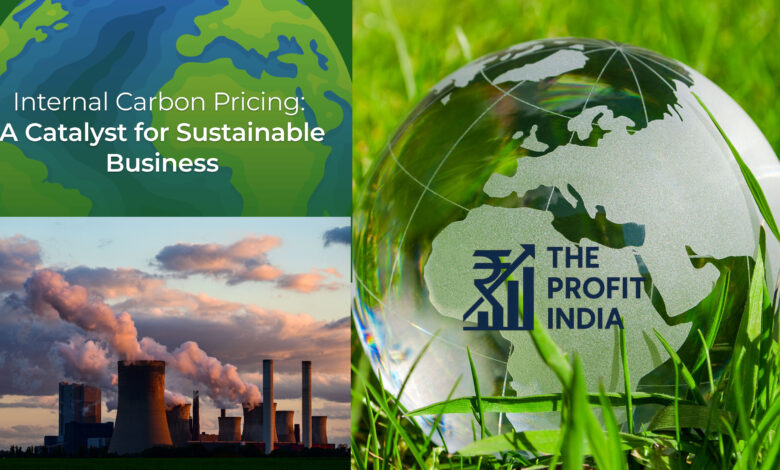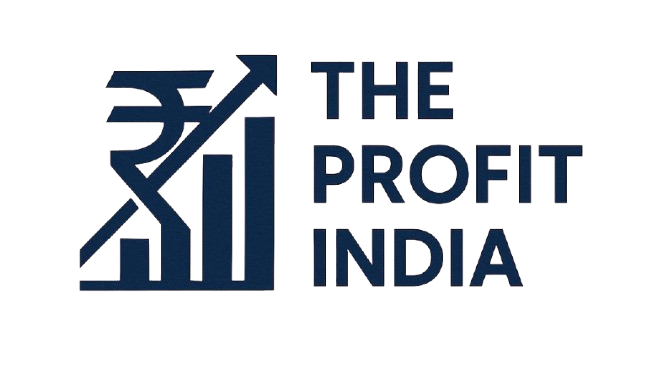
Internal Carbon Pricing: Driving Financial and Sustainability Impact with Data
1. What is Internal Carbon Pricing (ICP)?
-
Definition: ICP is a cost per ton of CO₂ emissions voluntarily set by a company to integrate climate into financial decisions.
-
Purpose: Embeds carbon cost in operations, investment, and procurement decisions.
-
Forms of ICP:
-
Shadow Price – Notional cost to raise awareness; no direct financial impact.
-
Implicit Price – Carbon cost used in investment/operational decision-making.
-
Internal Fee – Direct charge to business units (BUs), creating financial consequences.
-
Trend: Companies using ICPs grew 1.5× from 2015 to 2022, yet only 14–18% of companies globally implement them.
2. Challenges in ICP Adoption
-
Perception that ICP is not “real money.”
-
Fairness concerns for high-emitting BUs.
-
Difficulty adapting a static ICP across divisions/regions.
3. Key Unlocks for Effective ICP
-
Start small: Use shadow or implicit prices to integrate finance and sustainability.
-
Leverage external inputs: Use regulations, carbon taxes, offsets, and abatement costs for price setting.
-
Tailor ICPs: Adjust by BU, region, or operation type for impact.
-
Align metrics & incentives: Link ICPs to BU performance and financial rewards.
-
Consider carbon budgets: Complement ICPs for multiyear emissions management.
4. ICP Use Cases by Business Function
| Function | ICP Type | Financial Impact/Use Case |
|---|---|---|
| Investment Analysis | Shadow/Implicit | Account for carbon in project valuations; integrate climate risk in ROI calculations. |
| Operational Processes | Internal Fee | Charge BUs for annual emissions; funds can be reinvested in decarbonization projects. |
| Procurement Evaluation | Shadow/Implicit | Evaluate suppliers’ embedded carbon; include in tendering decisions. |
Example: Bayer, Novartis, Nestlé, and H&M use combinations of ICP approaches across operations.
5. Setting Internal Carbon Prices: Data Insights
-
Price range: $10–$130 per tCO₂e.
-
Median price: $49 per tCO₂e.
-
Trend: In 2024, 15% of companies set prices above $130/tCO₂e, up from 11% in 2023.
Key factors influencing ICP price:
-
Carbon regulations and taxes.
-
Carbon offset prices.
-
Abatement costs informed by marginal abatement cost curves (MACCs).
6. Tailoring ICPs for Maximum Impact
-
By BU: Adjust for market and technology maturity (e.g., mining vs chemicals).
-
By Region: Higher in regulated markets (EU ETS), lower in emerging markets.
-
By BU & Region: Matrix approach to account for regional/product differences.
-
By Operation Type: Scope 1, 2, 3 emissions considered based on business model.
7. Driving Buy-in with Metrics and Incentives
-
Problem: Carbon fees seen as punitive.
-
Solution: Combine ICPs with performance metrics & financial incentives.
-
Examples:
-
Mahindra & Mahindra: Energy efficiency measures with 1.2-year payback.
-
Proxy ICPs: Renewable energy certificates charged to BUs proportionally to emissions.
-
Buy-in Tips:
-
Educate employees on financial benefits of sustainability.
-
Involve BUs in goal-setting and ICP determination.
-
Start with uncontroversial analogues if ICP is sensitive.
-
Accept phased adoption; refine over time.
8. Carbon Budgets as Complementary Tool
-
Definition: Allocate emissions like financial budgets across BUs/activities.
-
Advantages:
-
Accountability at all levels.
-
Measurable targets for net-zero pathways.
-
Flexibility: overshoots offset in future periods.
-
Easier adoption vs. “real money” concerns of ICP.
-
9. No-Regret Moves for Companies
-
Educate teams: Carbon has real financial implications.
-
Explore price-setting inputs: Carbon taxes, abatement costs, peer benchmarks.
-
Evaluate tailoring: Adjust ICPs based on BU, region, and operational realities.
10. Financial Takeaways
| Metric | Data/Figures |
|---|---|
| Companies using ICPs | 14–18% globally |
| Growth in ICP adoption (2015–2022) | 1.5× |
| Median internal carbon price | $49/tCO₂e |
| Companies with >$130/tCO₂e price (2024) | 15% |
| Example ROI on sustainability measures | Mahindra & Mahindra: 1.2-year payback period |
Disclaimer:
The Profit India provides this article for knowledge purposes only. Readers should fact-check all data and analysis independently. The Profit India assumes no responsibility for financial or investment decisions based on this content.




